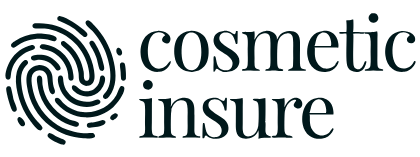When you’re considering skin tag removal versus mole removal, you’ll notice distinct differences in their characteristics and the techniques used. Skin tags are typically small, flesh-coloured growths caused by friction, often removed with cryotherapy or electrosurgery, leading to minimal scarring and a quick recovery. On the other hand, moles are pigmented lesions that may necessitate excisional surgery or laser treatment, involving deeper tissue and more extensive aftercare. Understanding these differences can help you make informed decisions about which procedure might be best for you. So, what else should you know before deciding on a treatment path?
Key Takeaways
– Skin tags are typically removed due to friction and discomfort, while moles are often monitored for potential malignancy.
– Skin tag removal methods include cryotherapy and electrosurgery; mole removal methods include laser techniques and excisional surgery.
– Skin tag removal generally involves minimal pain and quick recovery; mole removal can be more painful and have a longer healing time.
– Professional removal of moles is crucial to accurately assess for malignancy, whereas skin tags are usually benign.
– Mole removal often results in more noticeable scarring compared to the usually minimal scarring from skin tag removal.
Identification and Characteristics
When identifying skin tags and moles, it’s vital to understand their distinct characteristics to guarantee accurate treatment.
Skin tag characteristics typically include small, soft, flesh-coloured or slightly darker growths that hang off the skin by a thin stalk, known as a peduncle. They’re generally painless and can appear on areas prone to friction, such as the neck, armpits, and groyne. Skin tags are benign and don’t usually transform into malignant lesions.
In contrast, mole characteristics can vary considerably. Moles, or nevi, are pigmented lesions that can be flat or raised, and their colour ranges from tan to dark brown or black. They’re often round or oval with a smooth border.
Moles can appear anywhere on the body and may change over time. While most moles are benign, some can develop into melanoma, a type of skin cancer. As a result, it’s important to monitor moles for changes in size, shape, colour, or symmetry, as these could indicate malignancy.
Causes and Risk Factors
Understanding the causes and risk factors for skin tags and moles is essential for appropriate skin health management.
Skin tags, known medically as acrochordons, often arise due to friction where skin rubs against skin or clothing. Obesity and type 2 diabetes are significant risk factors. Genetic factors also play a role; if your family members have skin tags, you’re more likely to develop them too.
Moles, or nevi, are primarily influenced by genetic factors. If you have a family history of moles, you might see them more frequently on your skin. Ultraviolet (UV) radiation from sun exposure is a critical environmental trigger for mole development and changes. This environmental factor can activate melanocyte cells, increasing the likelihood of moles forming or existing ones changing in appearance.
Both skin tags and moles can be exacerbated by hormonal changes, particularly during pregnancy.
While moles and skin tags are generally benign, understanding these causes and risk factors can help you monitor your skin more effectively. Keep an eye on any new growths or changes to existing skin features and consult a dermatologist for personalised advice based on your genetic predispositions and environmental exposures.
Common Removal Techniques
Removing skin tags and moles involves a variety of clinical techniques tailored to the specific nature of each growth.
When you’re dealing with skin tags, cryotherapy methods are commonly employed. This entails applying liquid nitrogen to freeze the tag, causing it to fall off naturally within a few days. Cryotherapy is minimally invasive and generally well-tolerated.
For mole removal, laser techniques are often preferred. A concentrated beam of light is used to target the pigmented cells in the mole, effectively vaporising them. Laser techniques offer precision and minimal scarring, making them suitable for moles in sensitive areas such as the face. However, you’ll need to verify the mole is benign before opting for this method.
Electrosurgery is another option for both skin tags and moles. This technique uses an electric current to burn off the growth. It’s quick and efficient but requires local anaesthesia.
Additionally, excisional surgery, which involves cutting out the mole or tag, is considered when larger or suspicious growths are present.
Each technique has its specific indications and benefits, so consult a dermatologist to determine the most appropriate method for your situation. Understanding these options helps you make an informed decision about your skin health.
Professional vs. DIY Methods
In the domain of skin growth management, opting for professional intervention over DIY methods offers significant advantages.
Professional techniques are executed by dermatologists who use sterile equipment and advanced technology, ensuring a higher success rate and minimal scarring. They can accurately distinguish between benign and malignant growths, a critical step in preventing potential health risks.
Conversely, DIY methods often lack the precision and safety measures necessary for effective removal, leading to complications like infection or incomplete excision.
When you choose professional techniques for skin tag or mole removal, you’re benefiting from clinical expertise and rigorous sanitation standards.
Cryotherapy, laser removal, and surgical excision are some methods that provide reliable outcomes with reduced recurrence rates. These procedures are backed by evidence-based practices, ensuring both efficacy and patient safety.
On the flip side, DIY methods, such as over-the-counter creams or at-home kits, pose significant risks.
Without professional assessment, you might misidentify a mole as benign when it’s actually malignant, delaying essential medical care. Additionally, improper use of DIY methods can result in suboptimal healing, increased scarring, and potential secondary infections.
Consequently, while DIY methods might seem convenient, the benefits of professional techniques far outweigh the risks.
Pain and Discomfort Levels
Have you ever wondered how much pain and discomfort you’ll experience during skin tag or mole removal? Let’s explore the specifics. The level of pain largely depends on the method chosen and the anaesthesia options available.
- Local Anaesthesia: For both skin tags and moles, local anaesthesia is commonly used. It numbs the area, minimising pain during the procedure. You might feel a slight sting when the anaesthetic is injected, but the actual removal process should be painless.
- Topical Anaesthetics: These are often used for smaller skin tags. They’re applied directly to the skin, providing surface-level numbness. While effective, they mightn’t be as potent as injectable anaesthesia.
- Recovery Experiences: Post-procedure discomfort varies. For skin tags, recovery is usually swift and involves minimal pain, often managed with over-the-counter pain relievers.
Mole removal might involve more discomfort, especially if sutures are used, but it’s generally manageable with prescribed pain medication.
- Pain Tolerance: Individual pain tolerance can affect your experience. Some people might find the procedures more uncomfortable than others, but both are generally well-tolerated.
Understanding these factors can help you prepare for either procedure, ensuring a smoother experience with minimal pain and discomfort.
Potential Complications
When considering skin tag or mole removal, it’s vital to be aware of potential complications. Both procedures carry infection risks due to the disruption of the skin’s barrier.
Although proper sterilisation and post-procedural care can mitigate these risks, bacteria can still enter the wound, leading to redness, swelling, or pus. If you notice any of these signs, consult your healthcare provider immediately for appropriate intervention.
Another significant factor is scarring potential. Skin tag removal typically causes minimal scarring, especially when performed using methods like cryotherapy or electrosurgery.
However, mole removal can result in more noticeable scars, particularly if the mole is large or deeply embedded. Techniques such as excision with stitches, while effective, may leave linear scars. Cosmetic outcomes often depend on the skill of the practitioner and the individual’s healing process.
Both procedures may also involve complications like bleeding and pain, but these are generally manageable and short-lived.
It’s important to follow your healthcare provider’s instructions to minimise these risks. Being informed about potential complications can help you make a more educated decision about whether to proceed with skin tag or mole removal.
Aftercare and Healing
Proper aftercare is essential for guaranteeing prime healing and minimising complications following skin tag or mole removal. Each procedure requires specific aftercare routines tailored to the type of lesion and removal method used. Here’s an evidence-based guide to facilitate peak recovery.
- Wound Care: Keep the area clean and dry. Use a mild antiseptic to prevent infection. Cover with a sterile bandage if necessary.
- Medication: Apply prescribed topical antibiotics to minimise infection risk. Over-the-counter pain relievers like ibuprofen can help manage discomfort.
- Activity Restrictions: Limit strenuous activities that may stretch the skin or cause sweating. This helps prevent wound disruption.
- Follow-Up: Attend all scheduled follow-up appointments to monitor healing and address any emerging complications.
Healing timelines vary between skin tag and mole removal. Skin tag removal generally heals faster, typically within 7-10 days, given its superficial nature.
Mole removal, especially if excised or biopsied, can take longer, often 2-3 weeks, due to deeper tissue involvement.
Adhering to these aftercare routines guarantees that the healing process is smooth and reduces the likelihood of scarring or infection.
Always consult your healthcare provider for personalised advice and to address any concerns during the recovery period.
Frequently Asked Questions
How Much Does Insurance Typically Cover for Skin Tag or Mole Removal?
Insurance coverage for skin tag or mole removal varies. Typically, insurers cover medically necessary procedures, reducing out-of-pocket costs. For cosmetic removals, you’ll likely bear full procedure costs. Check your policy specifics to understand your coverage details.
Are There Any Specific Age Restrictions for Mole or Skin Tag Removal?
When considering age for removal procedures, think of it like tending to a garden: younger skin heals faster, but older skin requires more care. Typically, there aren’t strict age restrictions, yet age considerations guide clinical decisions.
Can Skin Tag or Mole Removal Impact Future Skin Health?
Post removal care is essential. Properly managing the treated area can prevent infections and promote healing, positively impacting skin health. Follow your dermatologist’s guidelines to guarantee ideal outcomes and maintain overall skin integrity post-procedure.
Are There Any Lifestyle Changes Needed Post-Removal?
After removal, you’ll need to adapt post-removal care routines. Expect increased skin sensitivity; use gentle cleansers and high SPF sunscreens. Avoid strenuous activities that cause sweating, which can irritate the healing area. Regular follow-ups are essential.
How Do I Choose a Qualified Specialist for Removal Procedures?
To choose a qualified specialist, confirm they meet certification requirements and are experienced in various procedure techniques. Check board certifications, read reviews, and consult references to verify their expertise in skin tag and mole removal procedures.
Conclusion
In summary, understanding the monumental differences between skin tag and mole removal is essential for best care. Skin tags, caused by friction, are typically removed with minimal fuss via cryotherapy or electrosurgery, leading to swift recovery. Moles, on the other hand, often demand excisional surgery or laser techniques, with more meticulous aftercare due to deeper tissue involvement. Guiding these procedures with clinical precision guarantees effective outcomes and minimises complications, allowing for a smoother, scar-free healing journey.




